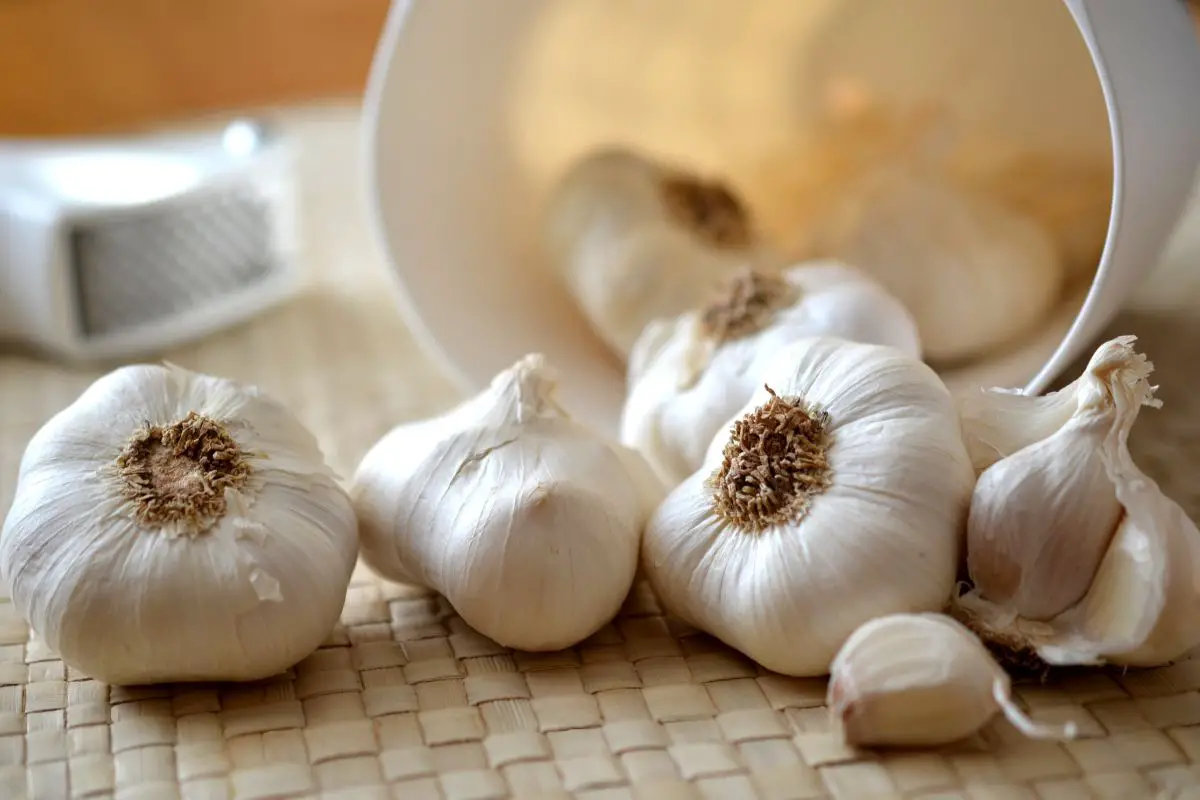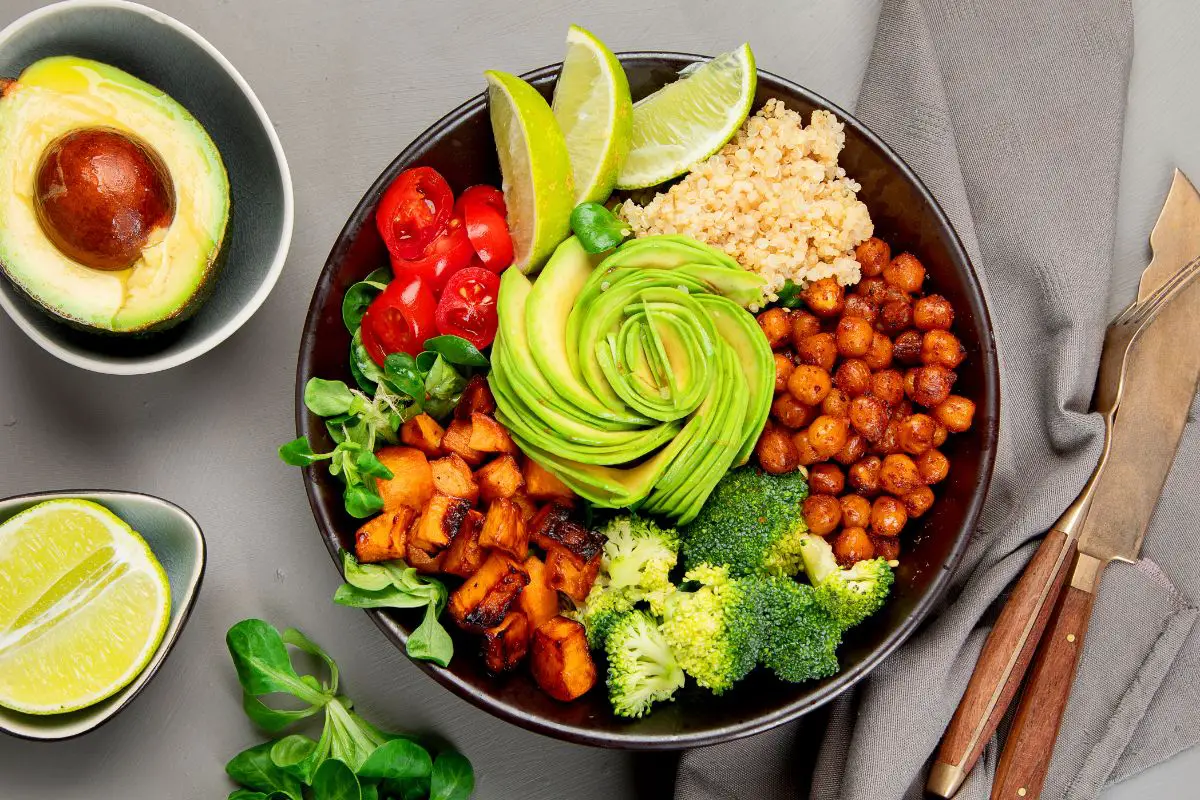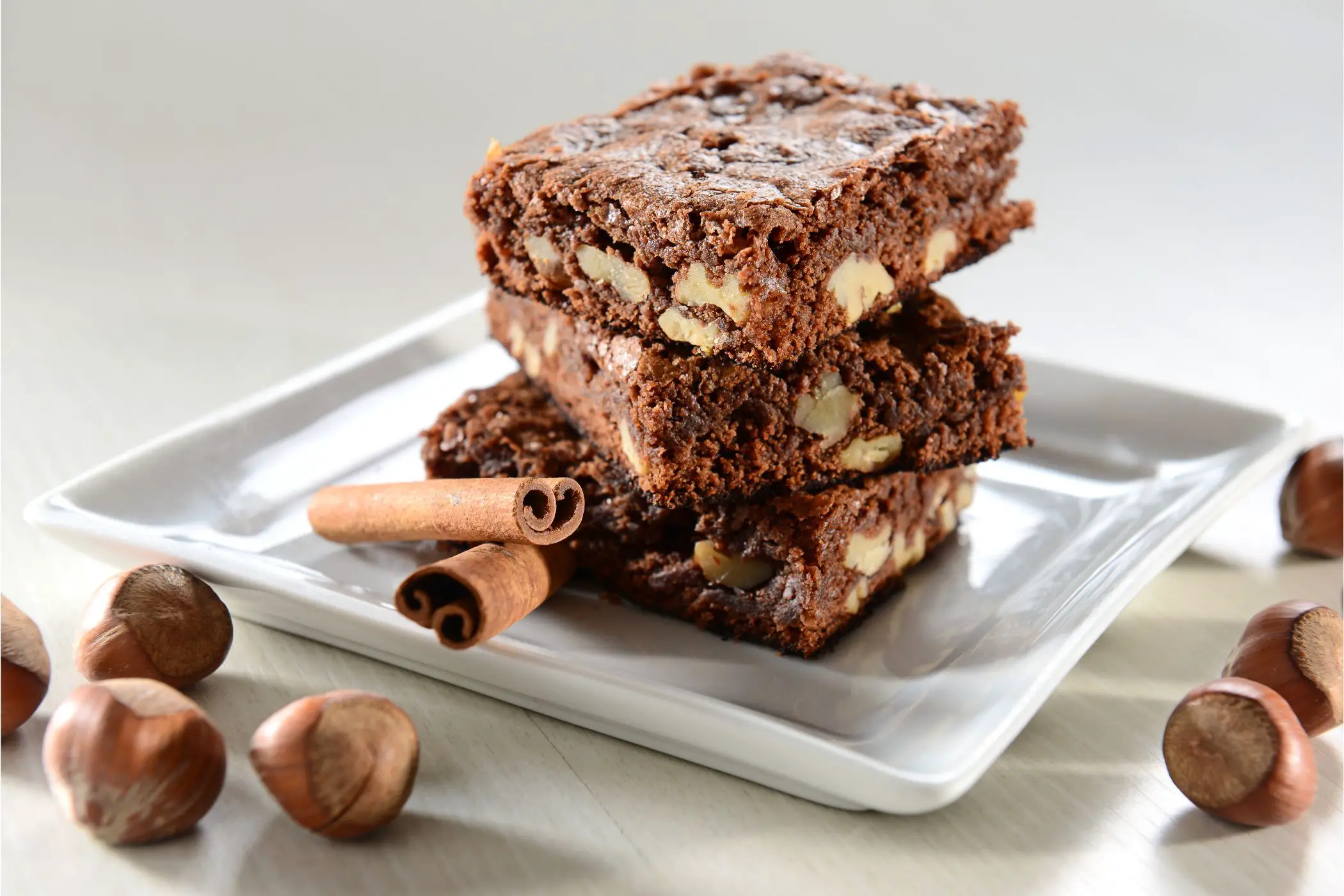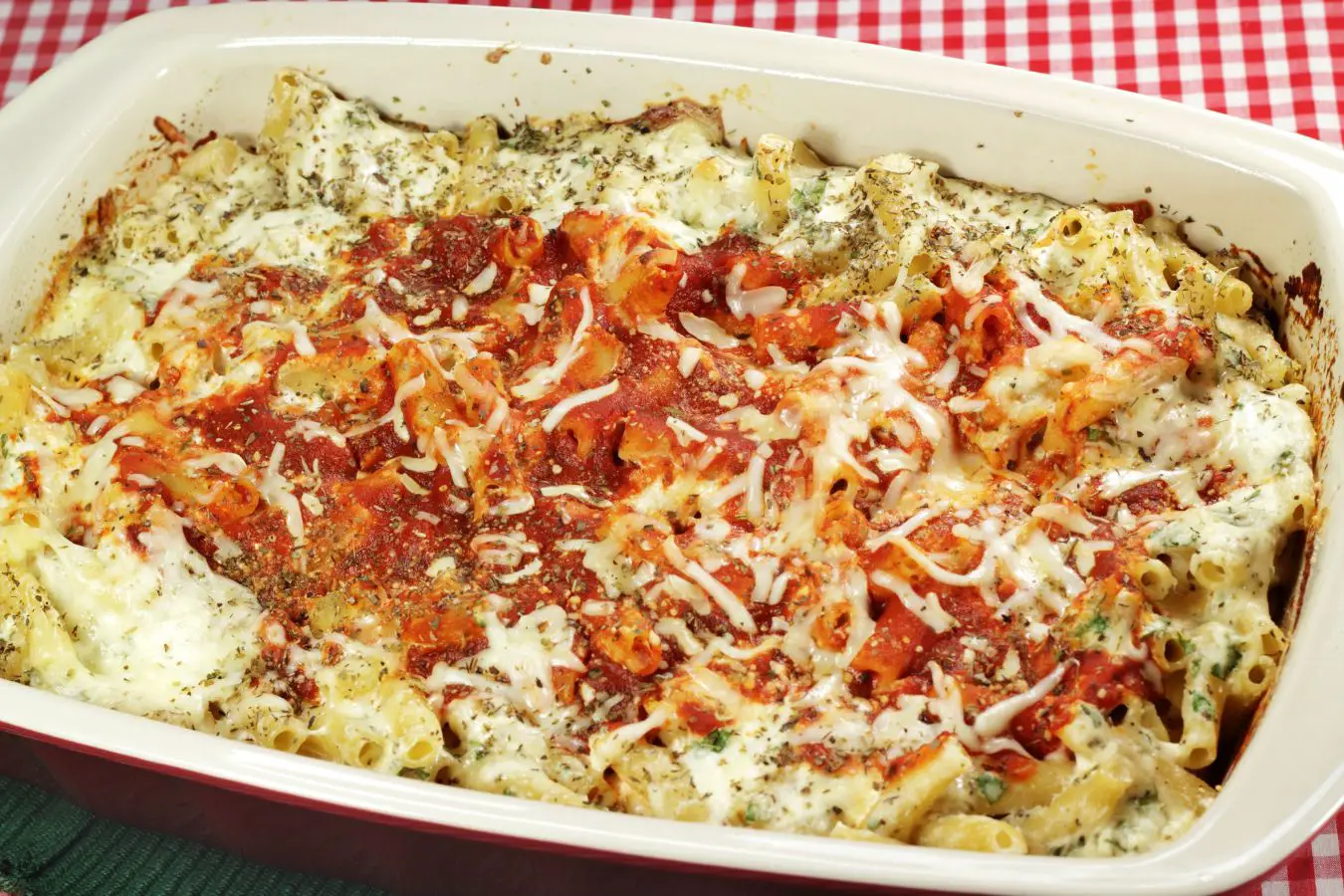Many people are under the impression that garlic never goes bad. However, just like any other fresh herb, even garlic has an expiry date.

While fresh garlic is long-lasting for up to six months, single garlic cloves only last for three weeks.
If you notice sprouting shoots on your garlic or mold spots, then it has gone bad and you should throw it away.
In this article, we take a closer look at the signs of bad garlic and how to store your garlic in the right way to make it last longer.
The Best Ways To Tell If Garlic Has Gone Bad
There are a few clear signs that you can look for when buying garlic or checking if your garlic at home is still good.
You can tell by the appearance, texture and smell of the garlic bulb or individual garlic cloves if the garlic has gone bad. Here are the easiest ways to tell if garlic is still usable.
Look At The Garlic
The first thing you should do when checking your garlic is by looking at it close. If you notice any yellow discoloration or brown spots, then your garlic may be bad.
While yellow garlic is still fine to use, it doesn’t have a very pleasant flavor. It tastes bitter and dry.
Good garlic should have a white color when you peel the skin off. You may be able to cut a few brown spots off from your garlic but don’t use the clove if it’s fully brown.
As your garlic matures, it will start to grown small sprouts inside. Sprouted garlic is still good to eat as long as it doesn’t show any signs of rotting.
You can simply remove the sprouts and add the garlic to your cooking.
Feel The Garlic
Another method to check if your garlic has turned bad is by squeezing it gently. Similar to onions, fresh garlic should be firm.
It’s important to feel each individual clove. If you notice any soft spots or a soft garlic clove, then the garlic has expired.
You may even notice garlic juices coming out of the clove that you are squeezing. If that’s the case, then throw the garlic away.
Smell The Garlic
Garlic has a mild but spicy fragrance. If you notice that your garlic starts to lose its pungent aroma, then it is on its way to going bad.
Why Does Garlic Go Bad?
Garlic can go bad due to moisture, light and the wrong storage temperature. If you store garlic in direct sunlight warmer than room temperature, then this encourages mold growth.
While you can store garlic in the fridge to extend its shelf life, this may lead to sprouts growing faster.
How Long Does Fresh Garlic Last?
Garlic stored in a cool and dry space at room temperature can last for up to six months. However, this only applies to whole garlic heads.
Once you remove a garlic clove from the garlic head, then this shortens the garlic lifespan to around three weeks.
It’s important to keep the thin skin of each garlic clove intact to ensure that the garlic stays fresh. Once you peel a garlic clove, you need to place it into the refrigerator. It will then last for about a week.
How Long Does Processed Garlic Last?
Processed garlic, such as minced garlic, peeled garlic or chopped garlic, can last for up to one week if stored in a sealed container in the fridge.
However, you can make minced garlic last longer when you place it into the freezer.
Store-bought garlic that is processed usually contains citric acid which extend the shelf life of the herb. This being said, it’s best to use this type of garlic by the indicated expiry date.

When Should You Throw Away Garlic?
You should throw garlic away if you notice any signs that show your garlic has gone bad, including a mushy texture and brown spots.
Garlic bulbs can last for up to half a year if they are stored in a cool and dark place. However, peeled cloves only last for a week.
Is It Unsafe To Eat Bad Garlic?
Mushy or moldy garlic does not just taste unpleasant but it can also make you sick.
If garlic has turned toxic, known as botulism, then you should not eat the garlic gloves and any food prepared with this garlic.
This being said, you can still eat garlic that shows small brown spots or green sprouts. Simply cut off the spots and remove the sprouts.
How Can You Tell If Garlic Has Botulism?
The risk of garlic causing botulism that is toxic to the body is high when garlic is cooked in oil.
The garlic itself doesn’t look, smell or taste any different to normal garlic. Garlic oil is considered a high-risk food for botulism for adults and children.
If you notice any signs of being unwell, such as difficulty swallowing and swelling, after eating garlic oil or garlic foods, then check with your doctor.
As the toxin that causes botulism comes from bacteria spores from the soil, you cannot entirely avoid it.
However, the World Health Organization recommends cooking garlic and other high-risk foots for five minutes at 185 degrees Fahrenheit to destroy the toxin.
The Best Way To Store Garlic
Garlic should be stored in the same way as onions. Keep garlic bulbs and cloves in a dark, cool and dry place that is well-ventilated.
Most commonly, a spot on your kitchen countertop away from direct sunlight is a good idea. Keep the garlic away from any direct heat, moisture and light to make it last longer.
You can also freeze fresh garlic. Simply place it in a sealed container and put it into your freezer.
We recommend freezing the whole garlic bulb to keep the garlic smell in your freezer to a minimum.
You can also store processed garlic, such as minced garlic, in the fridge or freezer. However, minced garlic spoils very quickly, so it’s best to use it as soon as possible.
You can store minced garlic in the refrigerator to maximum one day. While you can extend its shelf life by adding olive oil to the minced garlic, it still only lasts up to three days.
Should You Wash Garlic Before Storing?
No, you should not wash your garlic before you put it into a storage container. It’s important that your garlic is dried to prevent any moisture and mold growth.
You can use a small brush to gently remove any soil from the garlic bulbs. Just make sure that you don’t damage the thin skin of the gloves.
Can You Freeze Fresh Garlic?
Yes, you can easily freeze fresh, unpeeled garlic bulbs, individual cloves and even chopped garlic.
Freezing your garlic makes it easier to process and add to your food. Plus, it also helps to store your garlic for longer.
Final Thoughts
If you notice a soft texture and mushy surface on your garlic, then the clove has gone bad. As it’s not safe to bad garlic, you should dispose of any spoiled garlic cloves or bulbs.
- How To Make A Paleo Detox Smoothie: Berry Cherry Green Edition - April 18, 2023
- How To Make Spicy Paleo Paprika And Thyme Veggie Fries - April 18, 2023
- 15 Mouthwatering Keto Apple Recipes You Need To Try Today - April 18, 2023








